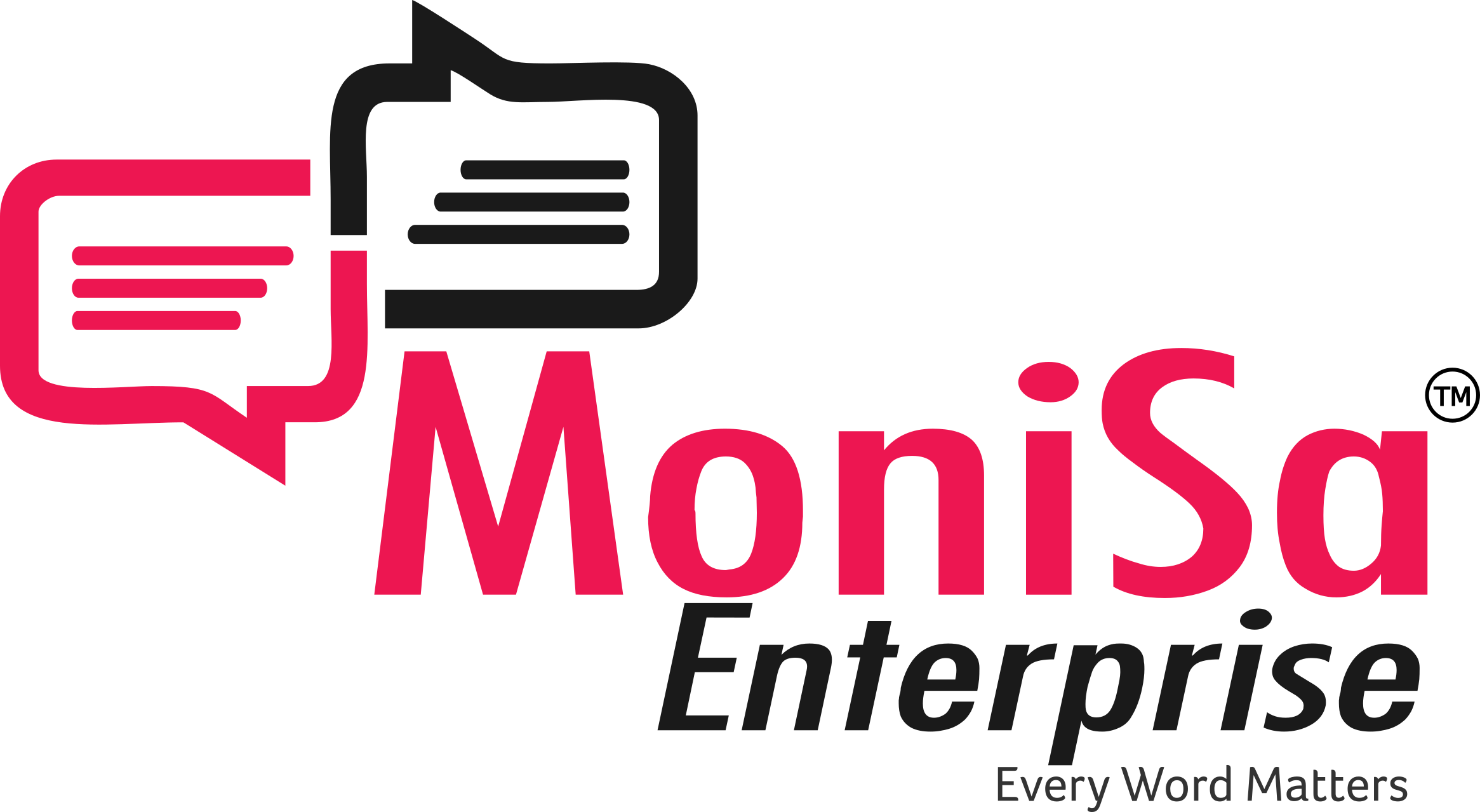For Project Managers, Talent Acquisition Managers, and Localization Managers, the rise of voice-enabled technology presents both challenges and opportunities. The ability to transcribe, translate, and localize voice data in real-time can revolutionize workflows. But how do you harness this technology effectively?
In this blog, we’ll trace the journey of speech recognition technology, examine its real-world applications, and provide actionable strategies to integrate it into your operations.
A Brief History: From Dictation to AI-Powered Speech Recognition
Table Of Contents
- 1 A Brief History: From Dictation to AI-Powered Speech Recognition
- 2 Why Speech Recognition Matters for Enterprises
- 3 Key Benefits for Localization and Talent Management Teams
- 4 Trends Driving Speech Recognition Forward
- 5 How Speech Recognition Transformed a Global Business
- 6 How to Leverage Speech Recognition in Your Business
- 7 Challenges & Limitations: What to Watch Out For
- 8 Final Thoughts
Speech recognition technology has been in development for over six decades, but its recent advances are nothing short of groundbreaking. Here’s how it evolved:
A) 1952: Bell Labs created “Audrey,” a system that recognized spoken digits.
B) 1960s-1970s: IBM introduced “Shoebox”, an early voice recognition system that understood 16 words.
C) 1990s: Dragon Naturally Speaking became one of the first consumer-friendly voice dictation tools.
D) 2011: Apple introduced Siri, marking the rise of AI-powered virtual assistants.
E) 2020s and beyond: Speech recognition, powered by deep learning and natural language processing (NLP), reached near-human levels of accuracy, transforming industries.
Today, AI-driven speech recognition is embedded in devices, customer service bots, medical dictation software, and real-time language translation platforms—changing how businesses operate.
Why Speech Recognition Matters for Enterprises
For businesses involved in global operations, content localization, and workforce management, speech recognition isn’t just an efficiency booster—it’s a strategic advantage.
Key Benefits for Localization and Talent Management Teams
A) Faster Translations & Localizations
AI-powered speech-to-text tools reduce localization time by 30%, ensuring rapid content adaptation. Real-time transcription tools streamline subtitling for video content across multiple languages.
B) Enhanced Recruitment & Interviews
Speech recognition helps transcribe interviews, allowing recruiters to focus on insights rather than note-taking. AI-powered sentiment analysis can gauge candidate confidence and engagement levels.
C) Increased Accessibility
Speech-to-text solutions provide real-time captions for virtual meetings, ensuring inclusivity. Automated voice assistants improve customer support by handling multilingual interactions seamlessly.
D) Improved Customer Service
80% of customer interactions are expected to be handled by AI by 2025 (Gartner). AI-driven speech recognition enables faster response times and more personalized customer interactions.
E) Operational Cost Savings
Automating call transcriptions, legal documentation, and customer interactions cuts costs and boosts productivity.
Simply put, speech recognition technology saves time, improves accuracy, and scales effortlessly—a game-changer for global businesses.
Trends Driving Speech Recognition Forward
A) AI & Machine Learning Enhancements
Today’s AI models learn from vast datasets, improving accuracy with real-time feedback loops. Deep learning advancements have reduced word error rates (WER) to under 5%—comparable to human transcription.
B) Multilingual & Accent Adaptation
Speech recognition now understands dialects and regional accents, making localization easier. Example: Google’s ASR (Automatic Speech Recognition) system supports over 125 languages, adapting to local slang and intonations.
C) Voice Biometrics for Security
Companies are leveraging voice authentication to enhance security in banking and enterprise applications. Example: HSBC’s Voice ID system identifies customers via speech patterns, reducing fraud risks.
D) Integration with Smart Devices & IoT
The rise of voice-controlled interfaces (Alexa, Google Assistant, Siri) has made speech recognition a default interaction mode. Smart homes, cars, and enterprise collaboration tools increasingly rely on voice commands.
E) Real-Time Translations
AI-driven speech recognition is revolutionizing language services, offering real-time captions and translations during international meetings. Example: Microsoft Teams and Zoom now provide live captioning in multiple languages.
How Speech Recognition Transformed a Global Business
A) Challenge
A global e-learning provider needed real-time subtitles and translations for their multilingual video content to improve accessibility. Traditional methods were slow and costly.
B) Solution
MoniSa Enterprise integrated an AI-powered speech recognition system, automating the transcription and translation process.
C) Results
– 40% reduction in localization costs.
– 50% faster turnaround times for multilingual subtitles.
– 99% transcription accuracy post-editing.
This solution not only enhanced learner engagement worldwide but also cut operational costs significantly.
How to Leverage Speech Recognition in Your Business
If you’re looking to integrate speech recognition technology into your workflow, here’s a step-by-step framework.
A) Identify Use Cases for Your Organization
- Do you need automated transcription for meetings?
- Are you looking to streamline global recruitment with AI-powered candidate analysis?
- Do you want real-time translation for international conferences?
B) Choose the Right Speech Recognition Tool
- Google Cloud Speech-to-Text (highly accurate, supports many languages)
- Microsoft Azure Speech Services (enterprise-grade, integrates with Office 365)
- Otter.ai (best for meetings and interviews)
- Deepgram (fast, developer-friendly, scalable for enterprises)
D) Train AI Models for Industry-Specific Terminology
- Customize your speech recognition tool to recognize industry jargon and accents.
- Use AI-powered models that learn from your company’s data.
E) Ensure Seamless Integration
- Link speech recognition tools with your CRM, HR systems, and project management platforms.
- Enable real-time transcription in customer service interactions for better insights.
F) Monitor Accuracy & Continuously Optimize
- Regularly test AI models and fine-tune them based on feedback.
- Use human editors for quality control in critical applications (e.g., legal or medical transcription).
Challenges & Limitations: What to Watch Out For
While speech recognition is powerful, it’s not perfect. Here are some challenges to consider:
A) Accent & Dialect Recognition Issues
AI still struggles with less common dialects or heavily accented speech.
B) Background Noise Sensitivity
Noisy environments can reduce accuracy, requiring high-quality microphones.
C) Privacy & Data Security Risks
Ensure compliance with GDPR and HIPAA when handling sensitive voice data.
D) Human Editing is Still Necessary
AI-transcribed content needs manual refinement for critical use cases.
Final Thoughts
Future-Proofing Your Business with Speech Recognition : Speech recognition is no longer a futuristic concept—it’s here, and it’s reshaping how businesses interact, hire, localize, and communicate.
For Project Managers, Talent Acquisition Managers, and Localization Managers, this technology offers a massive opportunity to automate processes, reduce costs, and improve efficiency.


